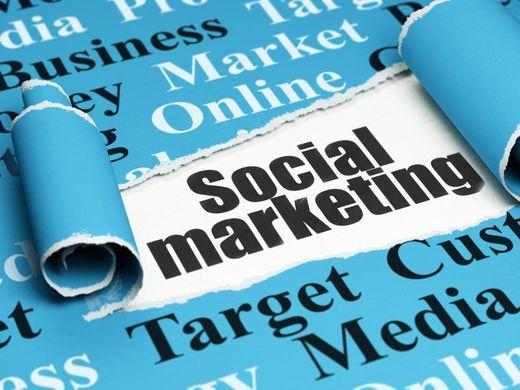5 examples to understand the role of neuromarketing in social marketing efficiency

First, a little definition of social marketing.
It’s using marketing techniques in a campaign to influence and modify the behaviour of target audience about important causes of the society (environment, equality, health etc…). Roughly speaking, it’s marketing for organizations that fight for the good of the society (most of the time, it’s used by Non-Profit organizations, foundations & charities, governments).
To differentiate, in social marketing there is a 5th P’s added to the traditional 4Ps in commercial marketing :
Price, Product, Promotion, Place & Policy
But some companies are tricky! Don’t mix up social marketing with commercial marketing for a “good action” from companies.
Ex : - Parley Adidas collection isn’t social marketing, it’s commercial marketing (shoes made with recycled bottle to save the oceans and make profits for the company of course)

But how can we create the advert that everyone will remember?
Just use Neuromarketing.
According to Patrick Renvoise it’s “the science of human decision, that uses neurometrics, biometrics and psychometrics to understand human behaviour.”
In traditional marketing, we ask people their needs and we try to create a product according to their answers. But since we realised that we don’t know what they want, marketers decided to know find it out using scientific metrics to understand their behaviour about an advertisement or a product ; as example skin conductor test – also called the lie detector , voice analysis to analyse the tone of their voice - that conveys emotions, eyes tracking, facial coding through the changes of mini facial expressions and some more...
Neuromarketers realised that advert that stimulates the reptilian brain is more efficient. Contrary to the new brain – the one we use to think or calculate, the reptilian brain is the instinctual brain: it is old (500 million years old), he is always on and in the present action, also effortless and unconscious, but uncontrollable. We use as an instinct, in fear and danger situations: running away from a savage animal - primary behaviour of the Human in Prehistory, taking off the hand from a burning source etc…
How can we put it in advertisement? Reptilian brain answer to 6 stimuli:
- Self-centered
- Contrast
- Tangible
- Beginning and end
- Visual
- Emotion
The good advertisement is to use one of these stimuli – or more, to make the message easily understandable. Let’s see five examples of social marketing, using neuromarketing.
1.

We can understand what this advertisement is about at the first sight.
There is use of the contrast with the bruises. Here also there is the self-centered stimulus: (You) look at me, WE can stop it; the marketers here involve the bystander of this billboard to take part of this phenomena.
2.

The point of view of the picture in involving us, like if we were in the car with them. It uses emotion – the scared kid who is going to be overturned by the car. They made it visual the half of the kid in the car’s face, and the other half with the kid in the street.
3.

This is a typical visual stimulus. We recognize the shape of the plastic bottle, that remind us the issues of plastic in the ocean to sea creatures. This one is a great example of neuromarketing; there is no tagline, the image is enough to understand the message.
4.

This advertisement is a part of neuromarketing. There is a certain knowledge to know “Little Red Riding Hood” kept out of schools because of the bottle of wine in her basket, and the actual problem of guns in USA, showed through the USA flag on the back. The reptilian brain here works with the girl from the right, in contrast of the left – a little girl carrying a book; the one on the right is a little girl, with no expression carrying a machine gun. Here the contrast is made by her young age and the obvious violence of the object she is carrying.
5.

The black silhouettes are on the side of the freeways. We can easily understand that every silhouette is for a dead person because of the road safety. It is something tangible, we can touch them. It’s an action from the French Government.
Now, you have all the tools to understand Neuromarketing and Social Marketing. I hope you enjoyed this article !
Marie-Charlotte Redot
3rd year student of Bachelor in Business and Technology